When it comes to enhancing the flavor and richness of your dishes, few ingredients can compare to the versatility and depth that tomato paste brings to the table. This concentrated form of tomatoes serves as a foundational element in a wide array of cuisines, adding depth, umami, and a delightful tanginess that elevates any recipe it is a part of. In this article, we will delve deep into the world of tomato paste—its origins, production process, culinary applications, health benefits, and tips on how to best use it in your cooking.
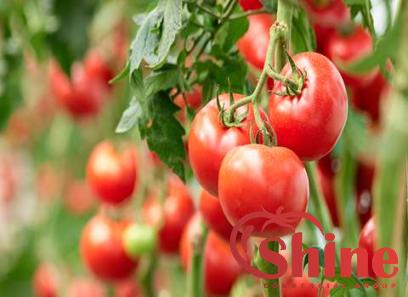
.
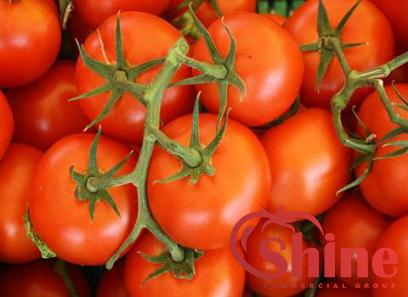 At the heart of tomato paste lies a simple yet transformative ingredient: the humble tomato. To create this powerhouse of flavor, tomatoes are harvested at the peak of ripeness, ensuring that their natural sweetness and acidity are captured at their best. These tomatoes are then processed into a thick, smooth paste through a meticulous cooking and reduction process that concentrates their flavors into a highly versatile product. One of the key advantages of using tomato paste in your cooking is its ability to add a depth of flavor that fresh tomatoes simply cannot match. The concentrated nature of tomato paste means that it packs a punch of umami-rich tomato goodness in every spoonful, making it a secret weapon for elevating sauces, stews, soups, and marinades to new flavor heights. Whether you’re whipping up a classic marinara sauce, a hearty beef stew, or a rich curry, a dollop of tomato paste can work wonders in enhancing the complexity and richness of your dish. But tomato paste isn’t just about flavor—it also boasts a range of health benefits that make it a valuable addition to any kitchen. Tomatoes are naturally rich in antioxidants, particularly lycopene, a powerful compound known for its anti-inflammatory and cancer-fighting properties. By using tomato paste in your cooking, you can tap into these health benefits and boost the nutritional profile of your meals without compromising on taste. When it comes to using tomato paste in your recipes, the possibilities are endless. Its thick consistency and intense flavor make it a perfect base for pasta sauces, casseroles, chilis, and curries. You can also mix it with olive oil, garlic, and herbs to create a flavorful pizza sauce or spread it on a meatloaf for added moisture and richness.
At the heart of tomato paste lies a simple yet transformative ingredient: the humble tomato. To create this powerhouse of flavor, tomatoes are harvested at the peak of ripeness, ensuring that their natural sweetness and acidity are captured at their best. These tomatoes are then processed into a thick, smooth paste through a meticulous cooking and reduction process that concentrates their flavors into a highly versatile product. One of the key advantages of using tomato paste in your cooking is its ability to add a depth of flavor that fresh tomatoes simply cannot match. The concentrated nature of tomato paste means that it packs a punch of umami-rich tomato goodness in every spoonful, making it a secret weapon for elevating sauces, stews, soups, and marinades to new flavor heights. Whether you’re whipping up a classic marinara sauce, a hearty beef stew, or a rich curry, a dollop of tomato paste can work wonders in enhancing the complexity and richness of your dish. But tomato paste isn’t just about flavor—it also boasts a range of health benefits that make it a valuable addition to any kitchen. Tomatoes are naturally rich in antioxidants, particularly lycopene, a powerful compound known for its anti-inflammatory and cancer-fighting properties. By using tomato paste in your cooking, you can tap into these health benefits and boost the nutritional profile of your meals without compromising on taste. When it comes to using tomato paste in your recipes, the possibilities are endless. Its thick consistency and intense flavor make it a perfect base for pasta sauces, casseroles, chilis, and curries. You can also mix it with olive oil, garlic, and herbs to create a flavorful pizza sauce or spread it on a meatloaf for added moisture and richness.
..
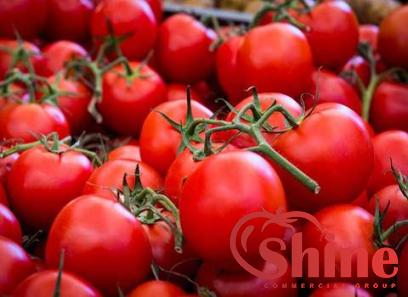 For a quick and easy flavor boost, simply stir a spoonful of tomato paste into soups, stocks, or braises to add a subtle yet unmistakable depth of flavor. In addition to its culinary applications, tomato paste can also be used as a versatile ingredient in non-traditional ways. For example, you can mix it with vinegar, sugar, and spices to create a tangy barbecue sauce or blend it with mayonnaise and herbs for a zesty sandwich spread. You can even use it as a natural food coloring agent to add a rich red hue to dips, dressings, and marinades. When shopping for tomato paste, opt for high-quality products that contain only tomatoes and salt, avoiding those with added sugars, preservatives, or artificial flavors. Look for double-concentrated or triple-concentrated tomato paste for maximum flavor impact, as these varieties are more intense and less watery than standard tomato paste. In conclusion, tomato paste is a kitchen essential that can elevate your cooking to new levels of flavor and complexity. With its rich umami taste, health benefits, and versatility, tomato paste is a must-have ingredient for any home cook looking to add depth and richness to their dishes. So next time you’re in the kitchen, don’t forget to reach for that trusty tube or can of tomato paste—it just might be the secret ingredient that takes your cooking from good to great. Diving deeper into the culinary world of tomato paste, let’s explore some creative and delicious ways to incorporate this versatile ingredient into your cooking repertoire. One of the classic uses of tomato paste is in pasta sauces. Whether you’re making a simple marinara sauce for a bowl of spaghetti or a hearty bolognese to layer in a lasagna, tomato paste is a key ingredient that brings a rich, savory depth to the dish. By sautéing tomato paste in olive oil before adding other ingredients like garlic, onions, and herbs, you can develop a robust flavor base that will infuse your sauce with a complex, irresistible taste. Tomato paste also shines in soups and stews, where its concentrated flavor can lend a hearty, umami-rich essence to the broth. Adding a spoonful of tomato paste to a pot of vegetable soup, chili, or beef stew can help create a depth of flavor that mimics hours of slow simmering. The acidity of the tomatoes cuts through the richness of meats and vegetables, balancing out the overall taste of the dish. For those who love a good curry, tomato paste can be a game-changer. When added to curry pastes or spice mixes, tomato paste helps create a thick, flavorful base that binds the spices together and forms the backbone of the dish.
For a quick and easy flavor boost, simply stir a spoonful of tomato paste into soups, stocks, or braises to add a subtle yet unmistakable depth of flavor. In addition to its culinary applications, tomato paste can also be used as a versatile ingredient in non-traditional ways. For example, you can mix it with vinegar, sugar, and spices to create a tangy barbecue sauce or blend it with mayonnaise and herbs for a zesty sandwich spread. You can even use it as a natural food coloring agent to add a rich red hue to dips, dressings, and marinades. When shopping for tomato paste, opt for high-quality products that contain only tomatoes and salt, avoiding those with added sugars, preservatives, or artificial flavors. Look for double-concentrated or triple-concentrated tomato paste for maximum flavor impact, as these varieties are more intense and less watery than standard tomato paste. In conclusion, tomato paste is a kitchen essential that can elevate your cooking to new levels of flavor and complexity. With its rich umami taste, health benefits, and versatility, tomato paste is a must-have ingredient for any home cook looking to add depth and richness to their dishes. So next time you’re in the kitchen, don’t forget to reach for that trusty tube or can of tomato paste—it just might be the secret ingredient that takes your cooking from good to great. Diving deeper into the culinary world of tomato paste, let’s explore some creative and delicious ways to incorporate this versatile ingredient into your cooking repertoire. One of the classic uses of tomato paste is in pasta sauces. Whether you’re making a simple marinara sauce for a bowl of spaghetti or a hearty bolognese to layer in a lasagna, tomato paste is a key ingredient that brings a rich, savory depth to the dish. By sautéing tomato paste in olive oil before adding other ingredients like garlic, onions, and herbs, you can develop a robust flavor base that will infuse your sauce with a complex, irresistible taste. Tomato paste also shines in soups and stews, where its concentrated flavor can lend a hearty, umami-rich essence to the broth. Adding a spoonful of tomato paste to a pot of vegetable soup, chili, or beef stew can help create a depth of flavor that mimics hours of slow simmering. The acidity of the tomatoes cuts through the richness of meats and vegetables, balancing out the overall taste of the dish. For those who love a good curry, tomato paste can be a game-changer. When added to curry pastes or spice mixes, tomato paste helps create a thick, flavorful base that binds the spices together and forms the backbone of the dish.
…
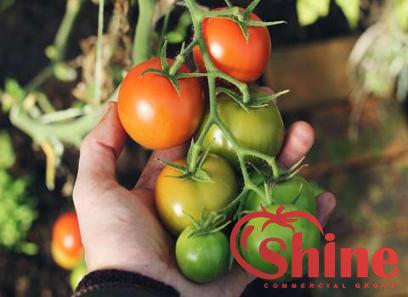 The acidity of the tomatoes also helps tenderize meat and infuse it with a rich, tangy flavor that pairs beautifully with aromatic spices like cumin, coriander, and turmeric. In addition to savory dishes, tomato paste can also be used in baking to add a subtle sweetness and depth of flavor to dishes like bread, muffins, and meatloaf. Mixing tomato paste into the batter of a cornbread or adding it to a meatloaf mixture can bring a unique twist to familiar recipes, enhancing their complexity and making them stand out from the ordinary. One of the lesser-known applications of tomato paste is in cocktails and beverages. The savory, umami-rich flavor of tomato paste can add a surprising depth to drinks like Bloody Marys, Micheladas, and savory martinis. Mixing tomato paste with vodka, Worcestershire sauce, hot sauce, and lemon juice creates a bold and zesty cocktail that is sure to impress your guests with its complexity and richness of flavors. For vegetarians and vegans, tomato paste can be a valuable ingredient for adding depth and richness to plant-based dishes. By incorporating tomato paste into bean burgers, lentil loaves, or vegetable stews, you can create a meaty umami flavor that mimics the savory taste of meat without any animal products. This makes tomato paste a versatile and essential ingredient for those looking to elevate the flavor profile of their plant-based meals. When using tomato paste in your cooking, remember that a little goes a long way. Start with a small amount and taste as you go, adjusting the seasoning as needed to achieve the perfect balance of flavors. Store any leftover tomato paste in an airtight container in the refrigerator, where it will keep for several weeks, or freeze it in ice cube trays for longer-term storage. In conclusion, tomato paste is a kitchen staple that offers a wealth of culinary possibilities, from enhancing the flavor of sauces and stews to adding depth to baked goods and cocktails. Its rich, concentrated taste and versatile applications make it a valuable ingredient for home cooks and professional chefs alike. So next time you’re looking to elevate your dishes with a burst of savory, umami goodness, reach for a jar of tomato paste and let its flavor-transforming magic work wonders in your kitchen.
The acidity of the tomatoes also helps tenderize meat and infuse it with a rich, tangy flavor that pairs beautifully with aromatic spices like cumin, coriander, and turmeric. In addition to savory dishes, tomato paste can also be used in baking to add a subtle sweetness and depth of flavor to dishes like bread, muffins, and meatloaf. Mixing tomato paste into the batter of a cornbread or adding it to a meatloaf mixture can bring a unique twist to familiar recipes, enhancing their complexity and making them stand out from the ordinary. One of the lesser-known applications of tomato paste is in cocktails and beverages. The savory, umami-rich flavor of tomato paste can add a surprising depth to drinks like Bloody Marys, Micheladas, and savory martinis. Mixing tomato paste with vodka, Worcestershire sauce, hot sauce, and lemon juice creates a bold and zesty cocktail that is sure to impress your guests with its complexity and richness of flavors. For vegetarians and vegans, tomato paste can be a valuable ingredient for adding depth and richness to plant-based dishes. By incorporating tomato paste into bean burgers, lentil loaves, or vegetable stews, you can create a meaty umami flavor that mimics the savory taste of meat without any animal products. This makes tomato paste a versatile and essential ingredient for those looking to elevate the flavor profile of their plant-based meals. When using tomato paste in your cooking, remember that a little goes a long way. Start with a small amount and taste as you go, adjusting the seasoning as needed to achieve the perfect balance of flavors. Store any leftover tomato paste in an airtight container in the refrigerator, where it will keep for several weeks, or freeze it in ice cube trays for longer-term storage. In conclusion, tomato paste is a kitchen staple that offers a wealth of culinary possibilities, from enhancing the flavor of sauces and stews to adding depth to baked goods and cocktails. Its rich, concentrated taste and versatile applications make it a valuable ingredient for home cooks and professional chefs alike. So next time you’re looking to elevate your dishes with a burst of savory, umami goodness, reach for a jar of tomato paste and let its flavor-transforming magic work wonders in your kitchen.

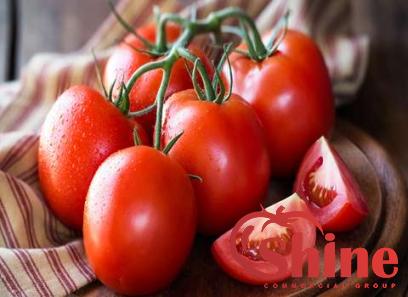
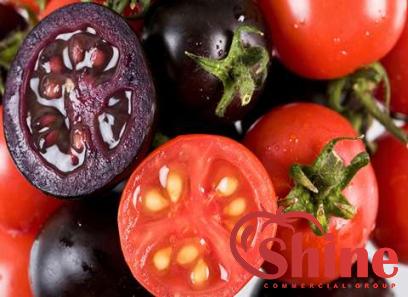
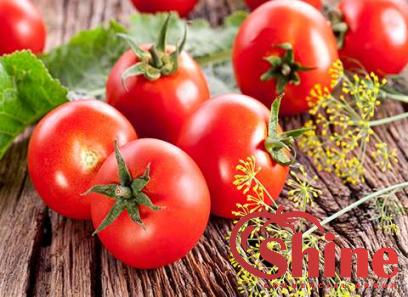
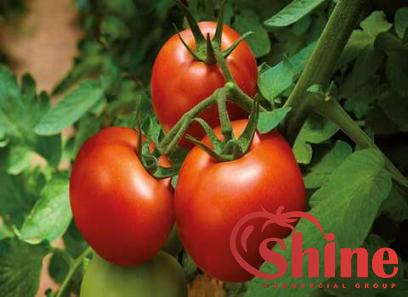
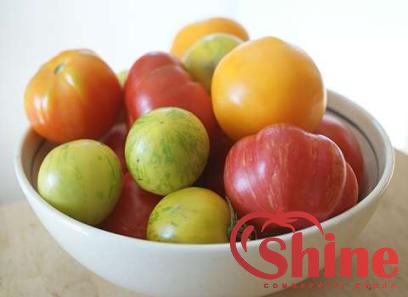
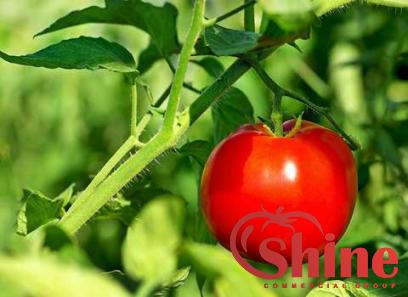

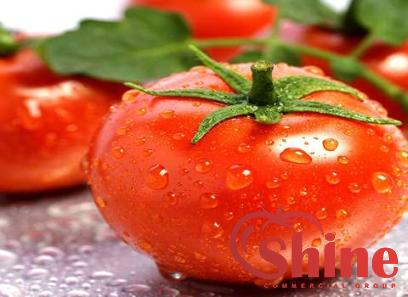
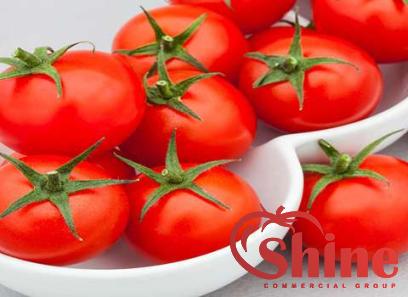
Your comment submitted.